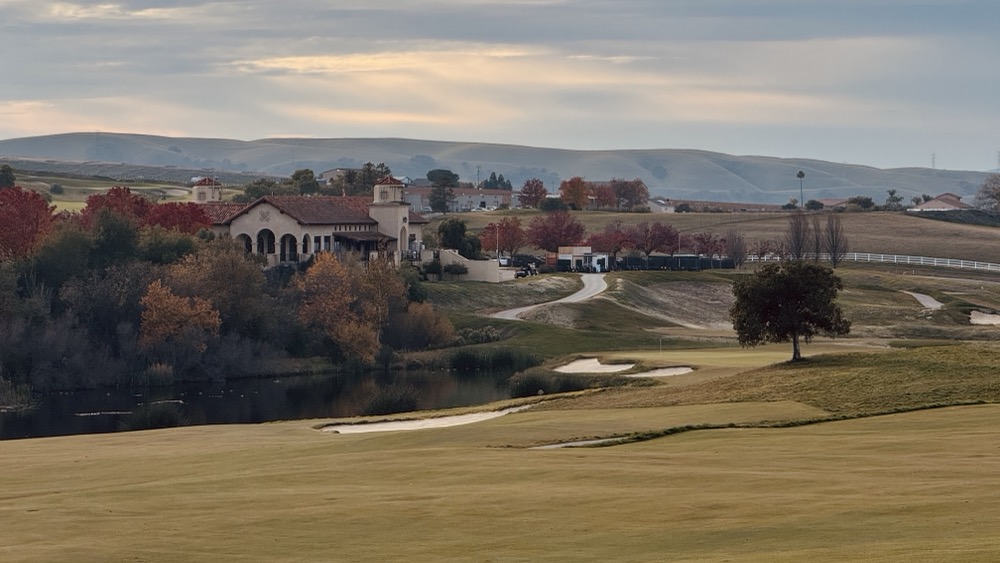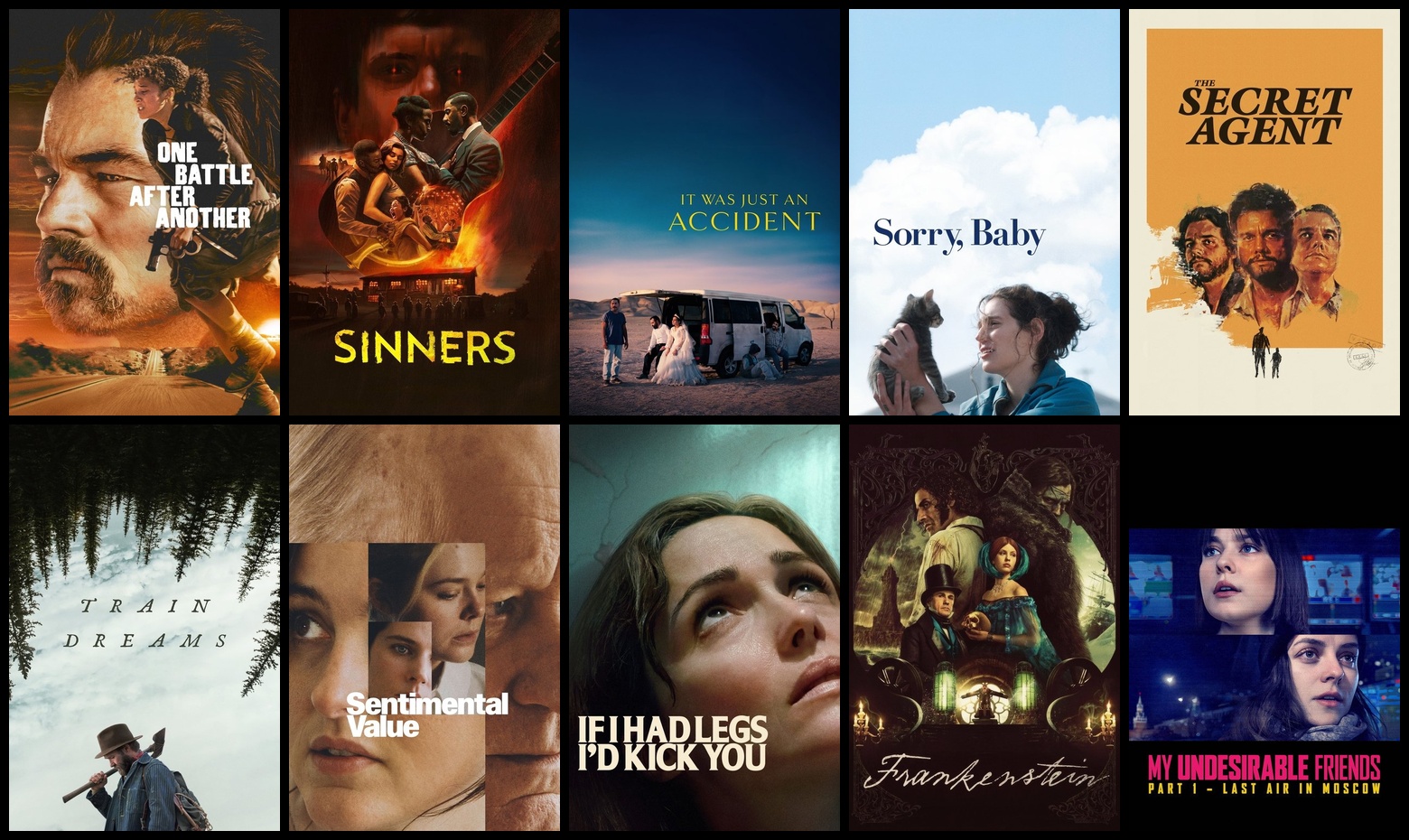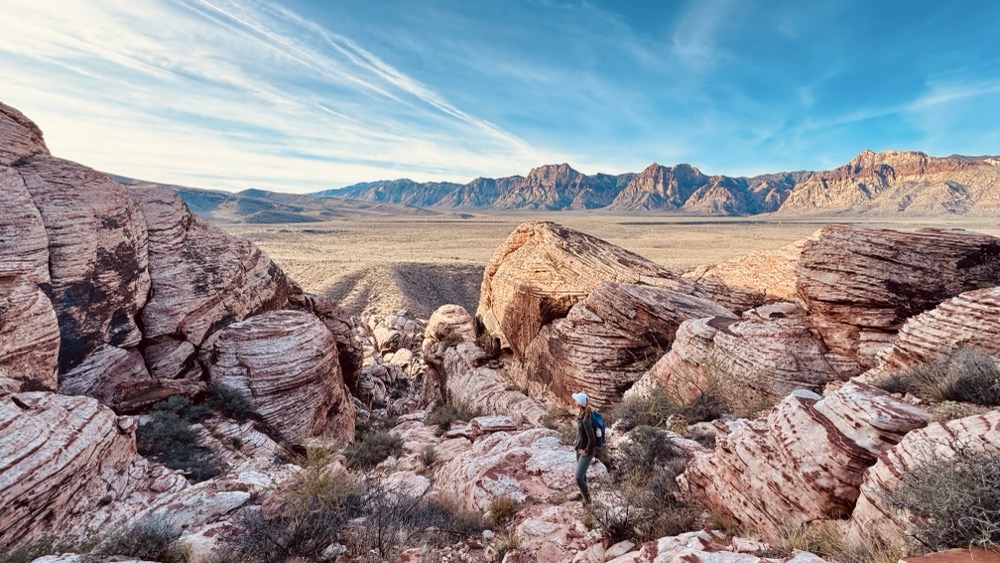Wild Camping in the Okavango Delta, NG-32 Concession
Upon arrival in Maun, Botswana we began nine nights of mixed camping and lodging in the Okavango Delta with Kalahari Breeze Safaris.
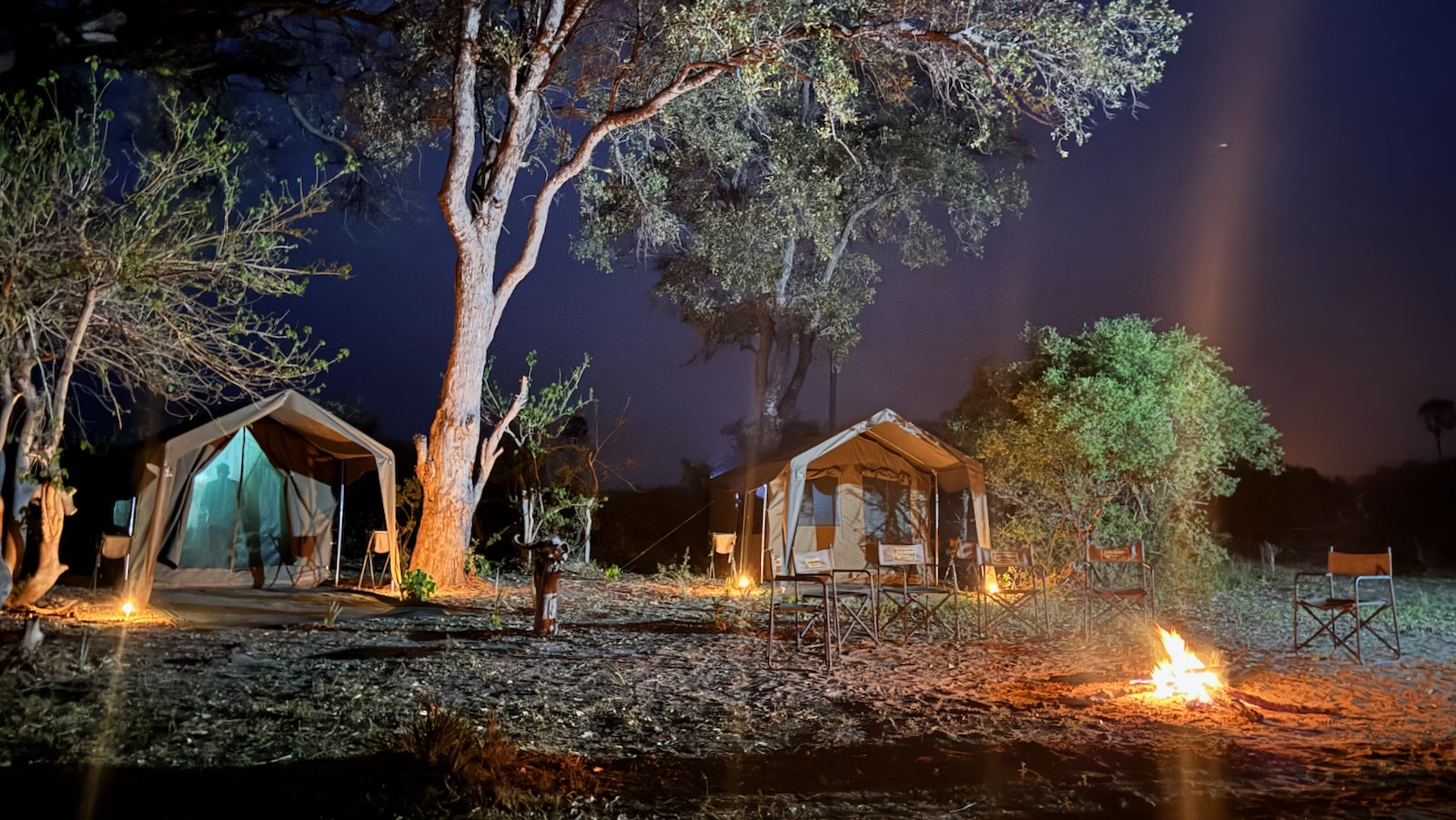 Our Okavango delta NG-32 wild camp
Our Okavango delta NG-32 wild camp
We flew from Johannesburg SA to Maun via AirLink airlines, a quality budget international flight. The Maun airport is tiny but friendly, similar to its host city Maun. Our hosts from Kalahari Breeze greeted us as we came through customs and escorted us to ATMs and the Tandurei restaurant while we awaited our guide.
After some refreshing drinks our guide Master (pronounced Mah-stah) arrived and loaded us up in our next Land Cruiser safari vehicle. He gave us plenty of warning about the drive into the delta: it would be a long drive on the poor paved route, then a long drive through the local community outside the NG-32 concession, then a final long drive through the concession to get to our campsite. Fortunately the last segment would be a game drive as we wandered into the wildnerness area as sunset approached.
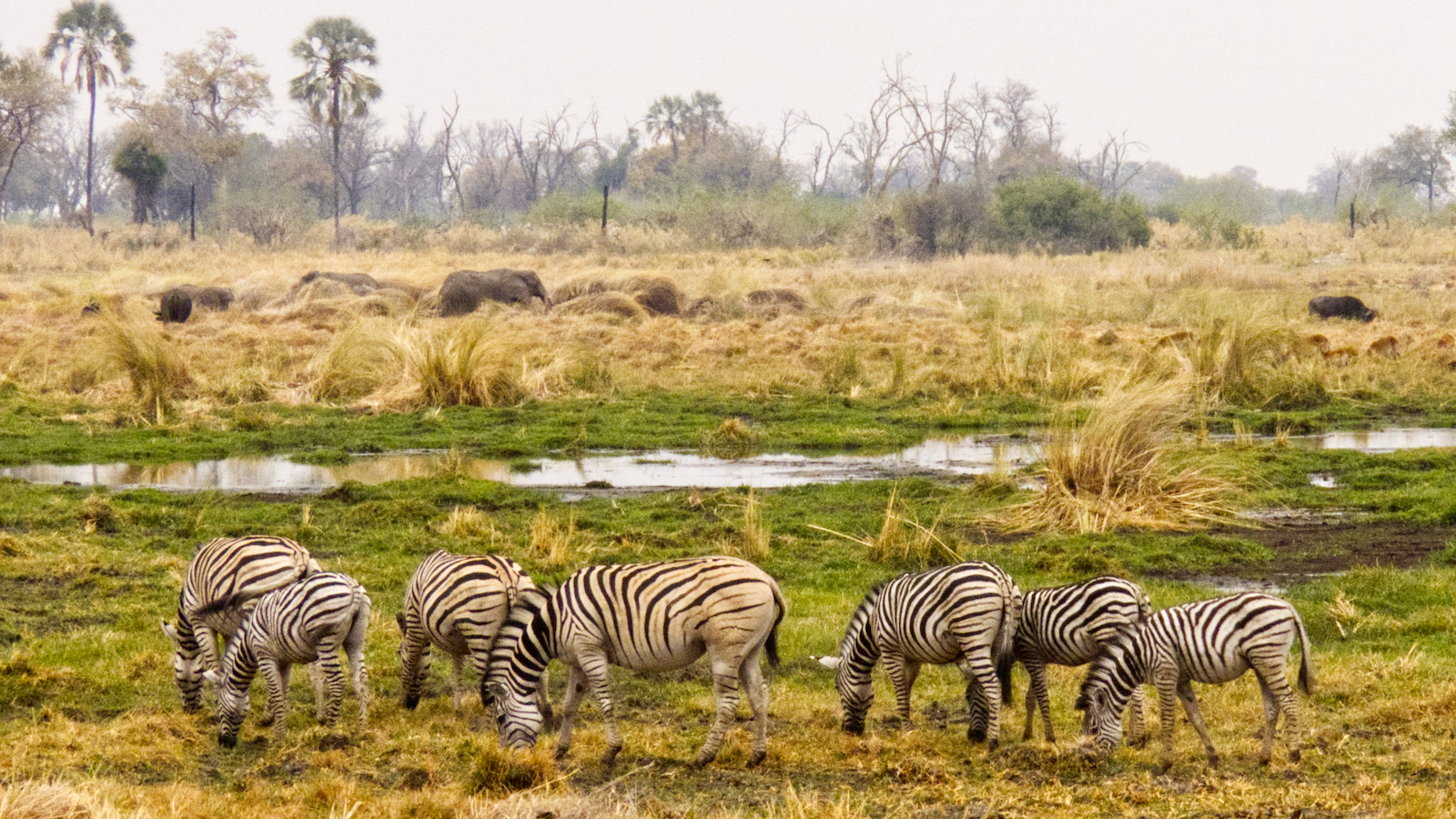 Zebras with elephants in background in NG-32
Zebras with elephants in background in NG-32
We left town about 2:30pm and made it to the NG-32 entrance gate about 4:15pm. It wasn’t that fast, but being in an open air vehicle riding high above the truck cab made the ride feel faster and bumpier.
The NG-32 concession is managed by the Okavango Kopano Mokoro Community Trust, and includes the home village of our guide and two of the three camp hands that supported us. This is truly a community-run endeavor and it was a pleasure enjoying nature in our hosts back yard.
This is truly the Okavango Delta, but being at the end of the fingers it is the dryest part of it. Especially in the recent draught years, this means the rainy season can come and go without this part of the delta flooding. This is a major area of concern going forward.
That doesn’t mean we didn’t find water. There are beautiful water holes throughout the concession, especially as you make your way further west and north. We drove by the wild dogs at about 5:30pm, saw some leopards at 6:20pm, and made it to camp at 7pm.
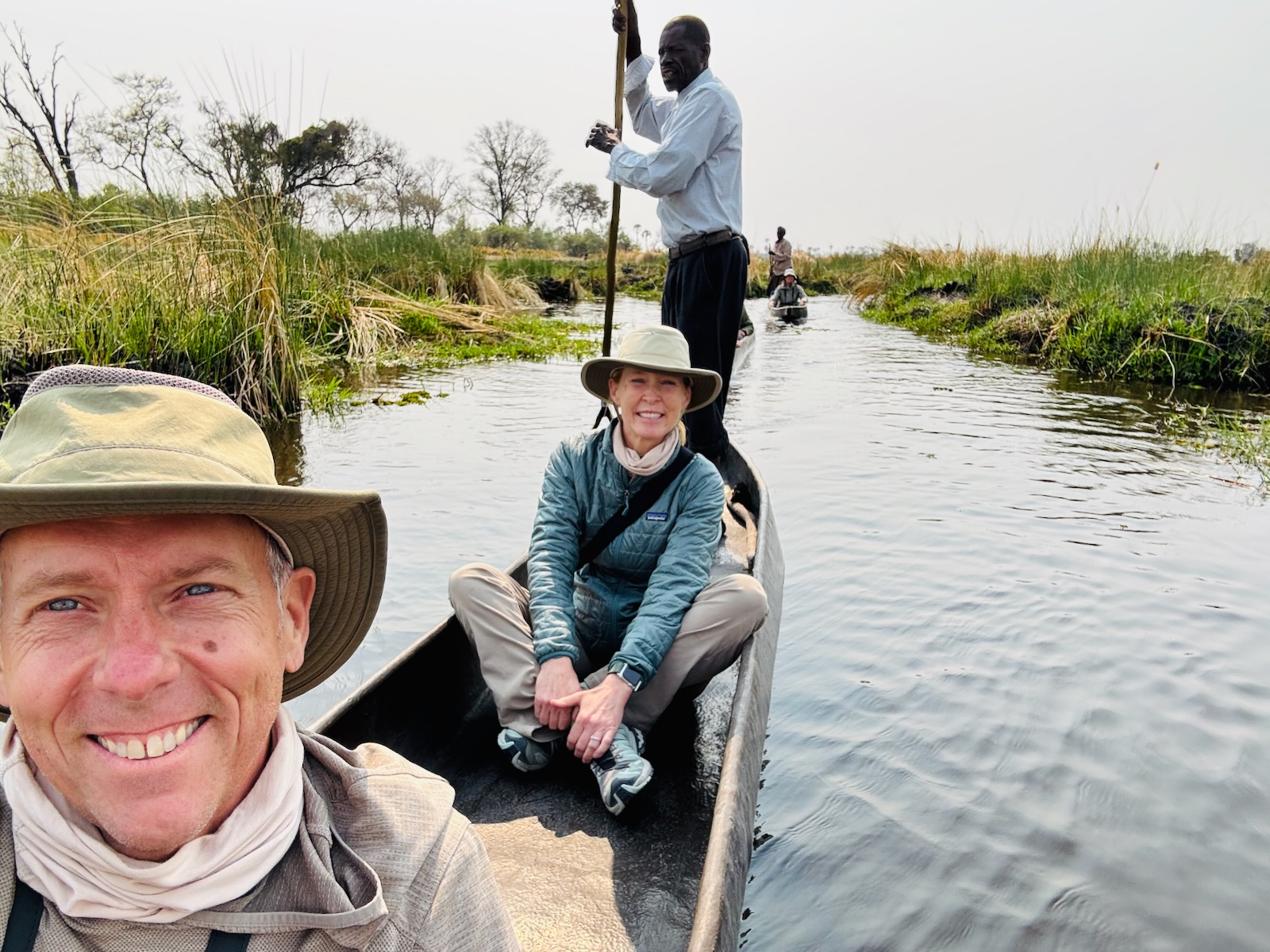 Chris and Julie on the mokoro
Chris and Julie on the mokoro
Our first full day started with a journey to the mokoro station where three villagers took us on a mokoro ride up the delta channel. Carlos was our talkative guide for this part, sharing many facts and stories about the history of his people, the mokoro, and the local region.
 Hippo in water with mouth open
Hippo in water with mouth open
After a short ride we took out the mokoros and then went on a bush walk with just him to a hippo pool hosting many (as usual) submerged hippos that periodically emerged to give us the eye. We also had elephants come fairly close by, and guide Carlos light some elephant dunk to fend them off with that smoky goodness.
 Leopard staring us down
Leopard staring us down
Master was a proficient driver with deep knowledge of his wilderness, taking us throughout the concession. The contrast between the dry and wet regions is stark. This creates the opportunity to see such a wide range of birds and mammals: ostrich, bustards, and zebra roaming the dry areas, with shore birds, waterbuck, and hippos in the watering holes.
We had so many leopard encounters! I’ll do another post on this as we spent quite a bit of time with a mating couple.
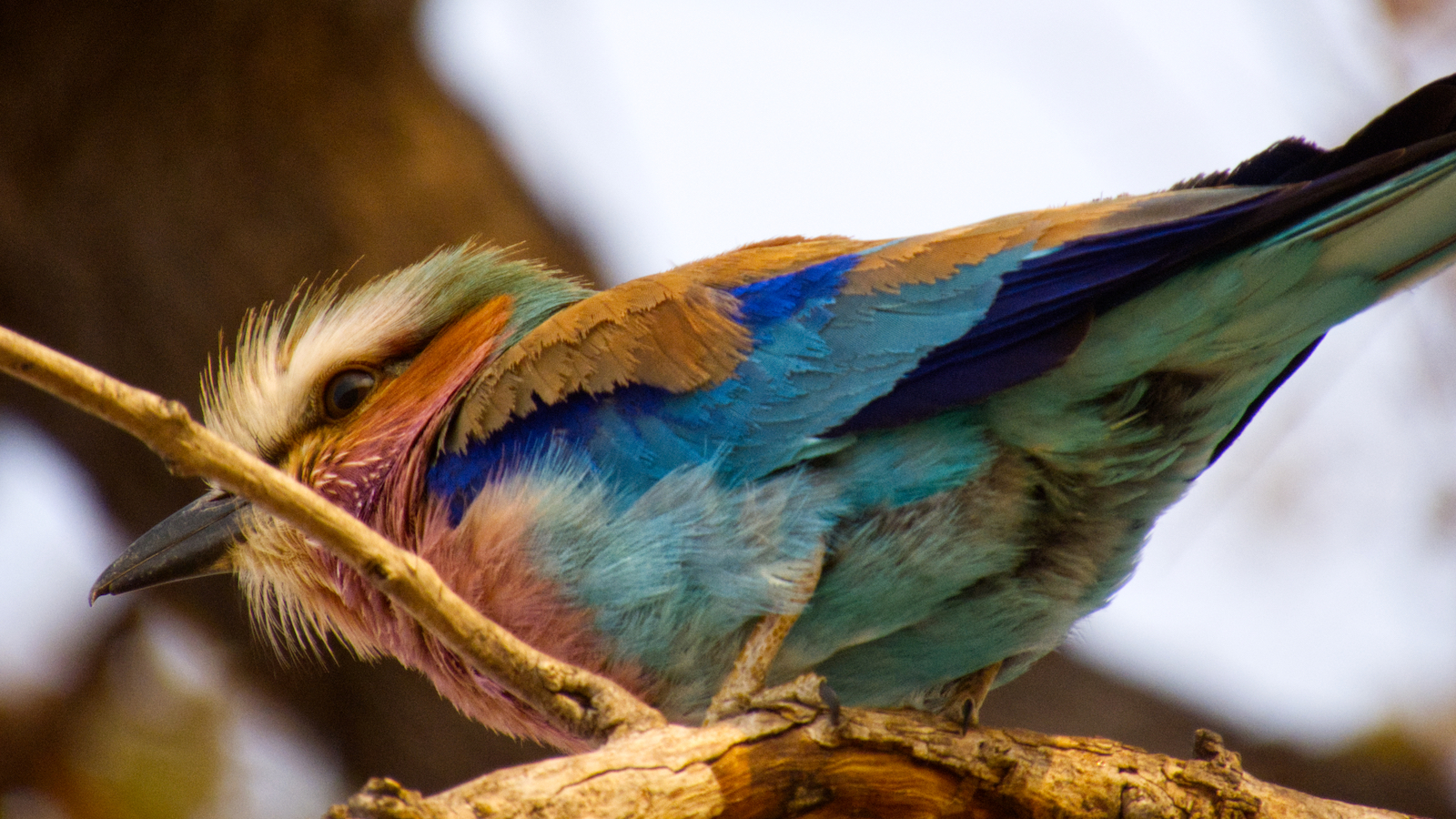 Lilac-breasted roller perched on branch
Lilac-breasted roller perched on branch
We are loving the diverse bird life here, and we are in love with the ubiquitous yet beautiful lilac-breasted roller. While the Kori bustard is the national bird of Botswana, our guides have made the case that it could just as easily be this roller.
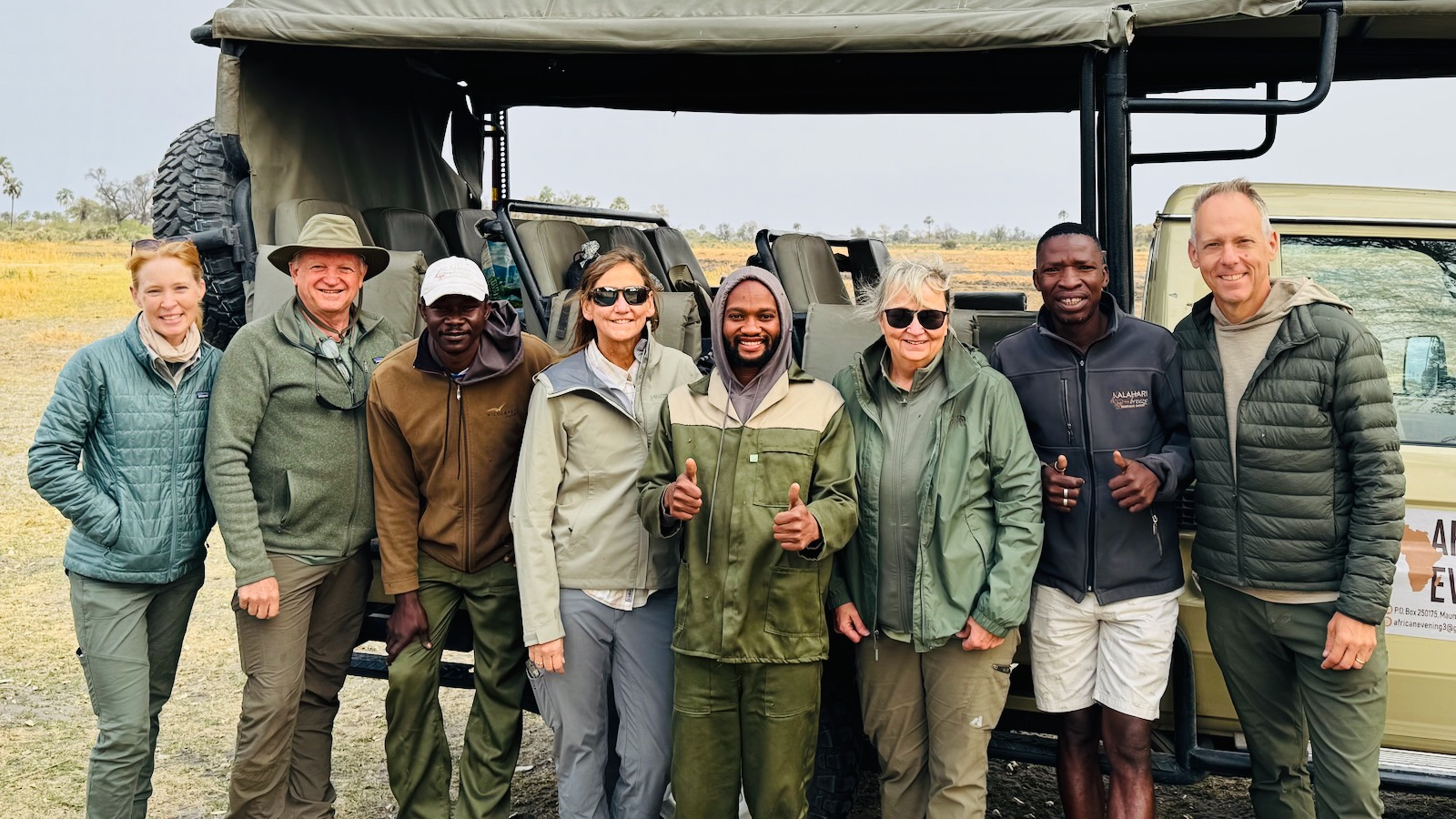 Our group and crew at NG-32 wild camp
Our group and crew at NG-32 wild camp
The camping was lovely: not exactly glamping, but not rough either. Julie, Karen, and I stayed in a three-person tent with single cots, and Ken and Tenya in a slightly smaller tent with two single cots. In both tents there is a back or side door leading to a walled-off toilet and shower area, with dug-out drop toilets and water bag showers.
We always kept a fire going, stoking it up at dusk and on wakeup. Our chef Fortune made excellent meals for us and the entire staff kept us very comfortable. The winds were signficant for the final two nights, blowing steady at 12-15mph most of the day and night with some big gusting. This kept us cooler at night but was noisy in the tent.
This isn’t the end of our Kalahari Breeze adventure - more to come soon.






